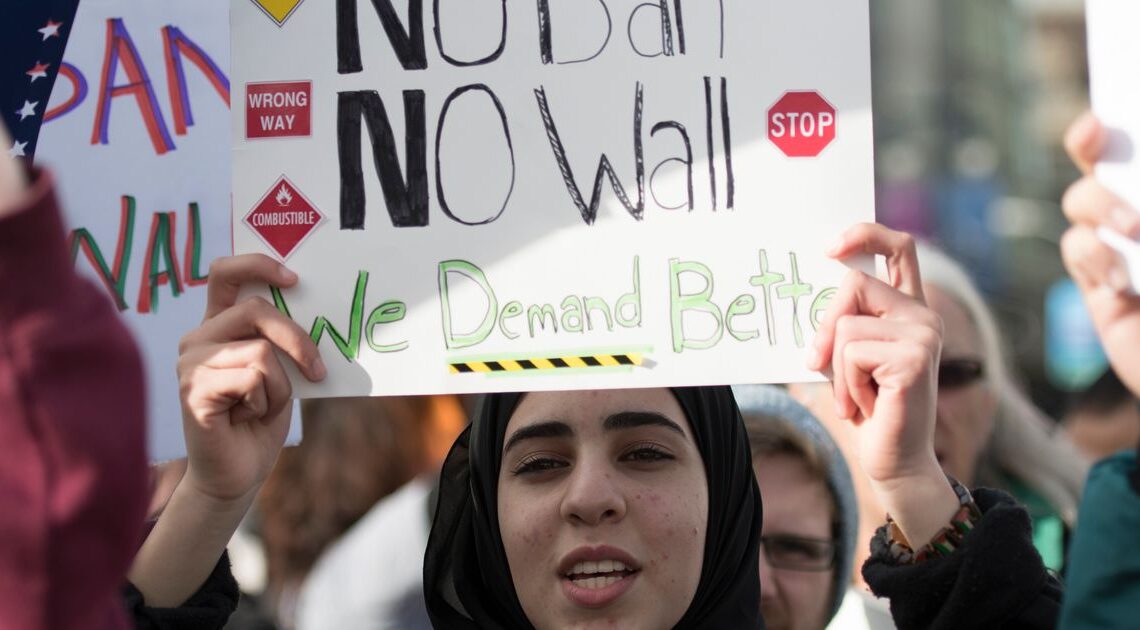Andrea Archer, a 32-year-old children’s safeguarding specialist based in London, started spending holidays and other vacation time with her father in California when she was 4 years old. She always knew she would move to the U.S. when she grew up.
Archer pursued a green card — she was eligible for one because her father is an American citizen — in 2012. Barack Obama was president at the time, and Archer felt that a new era was beginning for the U.S.
But when Archer received her green card in 2017, the country that once seemed hopeful felt unsafe. The U.S. seemed volatile and politically fraught. She decided that she didn’t want to migrate to the States, despite her lifelong plan. In 2021, Archer returned her green card.
Archer is one of the many people whose outlook on the U.S. has changed drastically since 2017, according to Gallup World Poll data released Tuesday. Although the U.S. is still the country most people around the world would most like to migrate to, the number of people who want to do so is lower than ever before.
The poll surveyed 16% of adults worldwide, or about 900 million people, regarding their desire to move to another country. Globally, people’s desire to move reached its highest point in a decade, but interest in moving to the U.S. plunged. When asked where in the world they would want to migrate, 1 in 5 potential migrants — or about 18% — named the U.S. as their desired future residence. The new numbers marked a historic decline that began in 2017, when just 17% — the lowest rate ever recorded — said they’d want to move to the U.S. In previous years, the U.S. has polled between 20% and 24%.
Donald Trump’s presidency was in full swing by 2017. As one of his first acts as president, Trump signed into law the first iteration of a policy that banned travelers from several Muslim-majority countries. Children began being separated from their parents at the southern border that same year under the administration’s…
Read the full article here




